[cs_section style=”margin: 0px; padding: 45px 0px; “][cs_row style=”margin: 0px auto; padding: 0px; ” inner_container=”true”][cs_column style=”padding: 0px; ” fade_animation=”in” fade_animation_offset=”45px” fade_duration=”750″ type=”1/3″][x_accordion][x_accordion_item title=”Visual Framework” open=”false”]There is a process, whatever it may be, that a designer uses. The most common method has been shown here and where different parts of the framework might fit in. [/x_accordion_item][x_accordion_item title=”Framework for review” open=”false”]This is another way of looking at the different appendices and where they fit in. Just another way to look at things as part of the larger process.[/x_accordion_item][x_accordion_item title=”Site Analysis” open=”false”]What is the place? Not just physically, but how do you interact in it and what is the experience that people can have in a space. What are the interesting qualities that might help design for that place?[/x_accordion_item][x_accordion_item title=”Pre-Design ” open=”false”]Begin defining the site in the context of the prompt, what is there, what can it bring to the project, the project to the site, what are your initial gut reactions that lead to a potential design?[/x_accordion_item][x_accordion_item title=”Schematic Design ” open=”false”]After Pre-Design, this begins to have more defined spaces in response to the program needs and the proportion of each space is now developed.[/x_accordion_item][x_accordion_item title=”Ideation” open=”false”]All of these concepts so far have been a part of generating ideas. This process of ideation is often found at the crossing of previous interests or hobbies and current needs or project parameters. By combining what is known and needed there are often exciting results.[/x_accordion_item][x_accordion_item title=”Characteristic collect” open=”false”]The parts of the process all connect ot each other and rely on knowing the traits of things such as materials, or the program, or any number of topics. This knowledge or a known lack of knowledge become the core for discovering new possibilities and support ideation.[/x_accordion_item][x_accordion_item title=”Project Criteria” open=”false”]So after trying to develop an idea, look back on what you know, have, and need based on the project at hand. [/x_accordion_item][x_accordion_item title=”Representation” open=”false”]This reflective method should always include how and why the project should be. These representations show the project to others and the mindset or desires you have for the project.[/x_accordion_item][x_accordion_item title=”Iteration ” open=”false”]Doing something once is not always the best course. Doing and making a project more than once is iterating. By having multiple options or ideas a project can become stronger or build on itself.[/x_accordion_item][x_accordion_item title=”Evaluate Iteration ” open=”false”]Having more than one option is fantastic, but how do you choose between different options, or can you combine them? Sometimes choosing only one is best as well; a Frankenstein project is no good.[/x_accordion_item][x_accordion_item title=”Choose Iteration” open=”false”]Choosing is difficult, but there is a method. Combine this with Choosing by Advantages to help make well supported decisions.[/x_accordion_item][x_accordion_item title=”Implementation” open=”false”]Then, at some point, take everything so far and begin to represent your ideas using drawing techniques and a systematic process of drawing, modeling and iterating to continue to develop your idea.[/x_accordion_item][x_accordion_item title=”Choosing by advantages” open=”false”]What is the strong or advantageous parts of the ideas? Which have more or less? What is the context for each being better? Look at the ideas as a sum of their parts and not individual characteristics. An idea that is perfect in one aspect may not be the best overall choice.[/x_accordion_item][x_accordion_item title=”Studio Method” open=”false”]The space and environment in which you design is as important as the method or process you employ. Where and how do you design?[/x_accordion_item][/x_accordion][/cs_column][cs_column style=”padding: 0px; ” fade_animation=”in” fade_animation_offset=”45px” fade_duration=”750″ type=”2/3″][x_accordion][x_accordion_item title=”visual framework” open=”false”]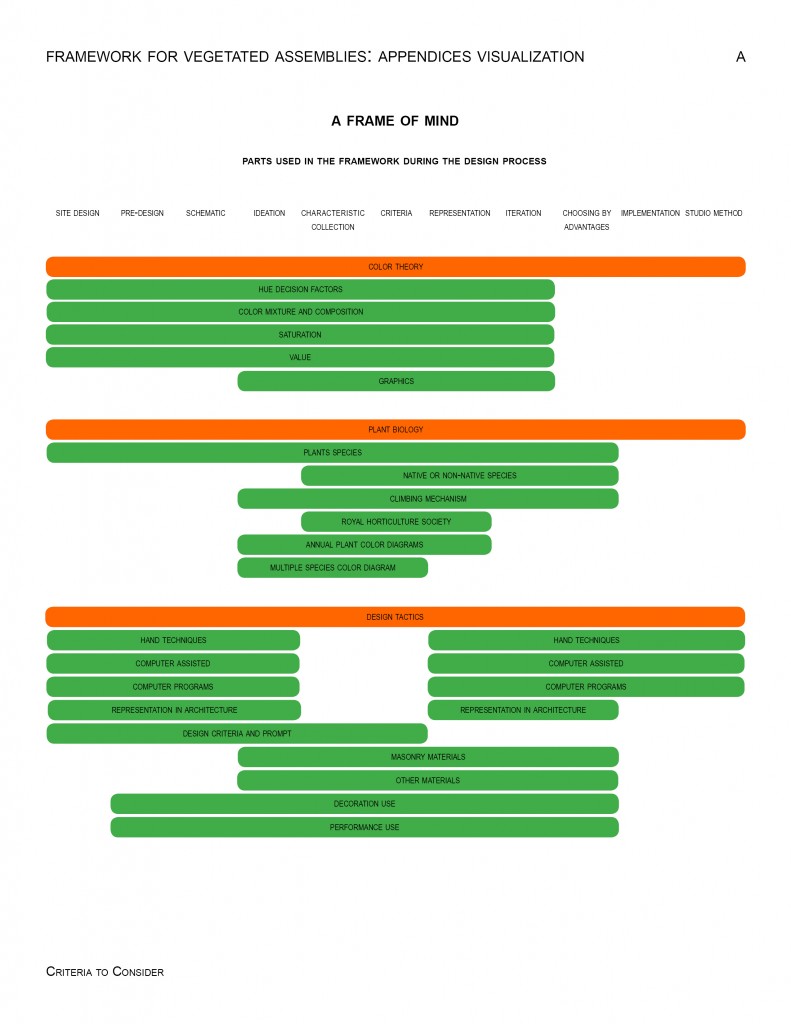 [/x_accordion_item][x_accordion_item title=”framework for review” open=”false”]
[/x_accordion_item][x_accordion_item title=”framework for review” open=”false”]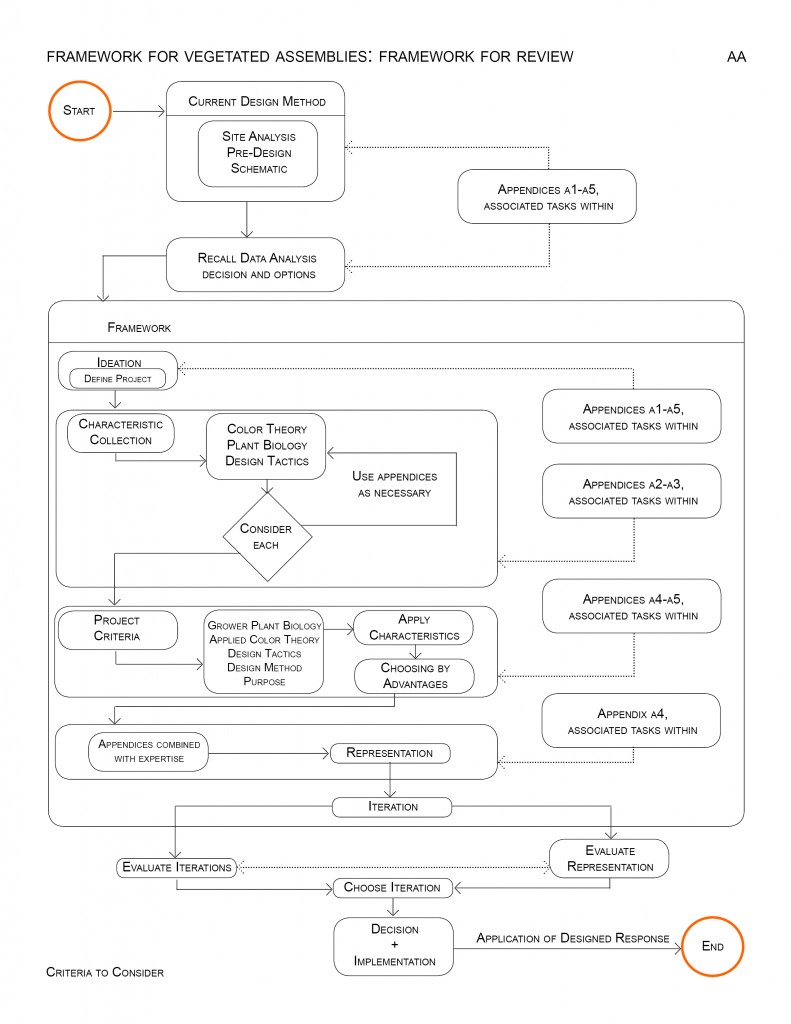 [/x_accordion_item][x_accordion_item title=”site analysis” open=”false”]
[/x_accordion_item][x_accordion_item title=”site analysis” open=”false”]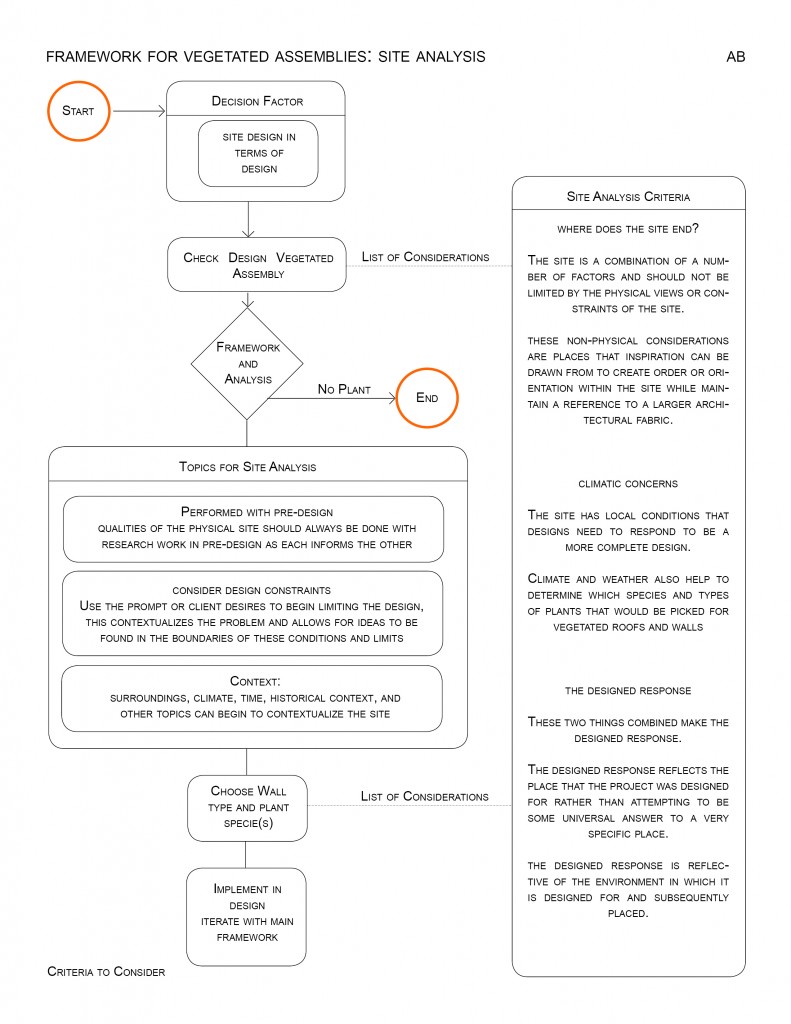 [/x_accordion_item][x_accordion_item title=”pre-design” open=”false”]
[/x_accordion_item][x_accordion_item title=”pre-design” open=”false”]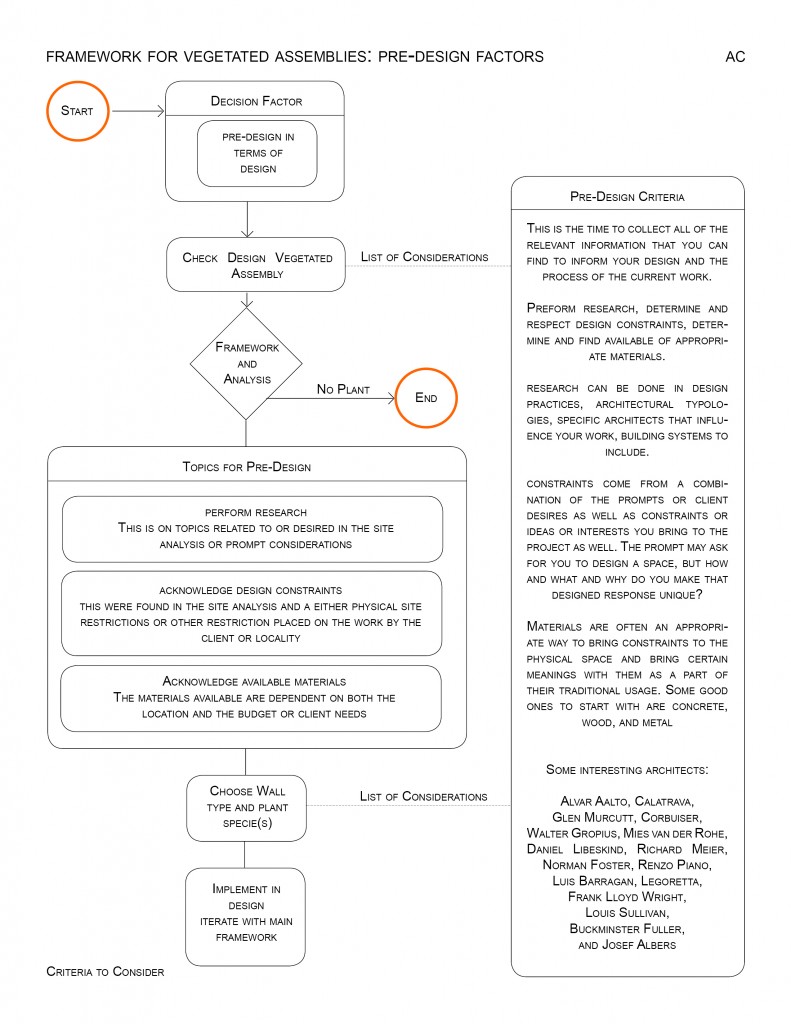 [/x_accordion_item][x_accordion_item title=”schematic design” open=”false”]
[/x_accordion_item][x_accordion_item title=”schematic design” open=”false”]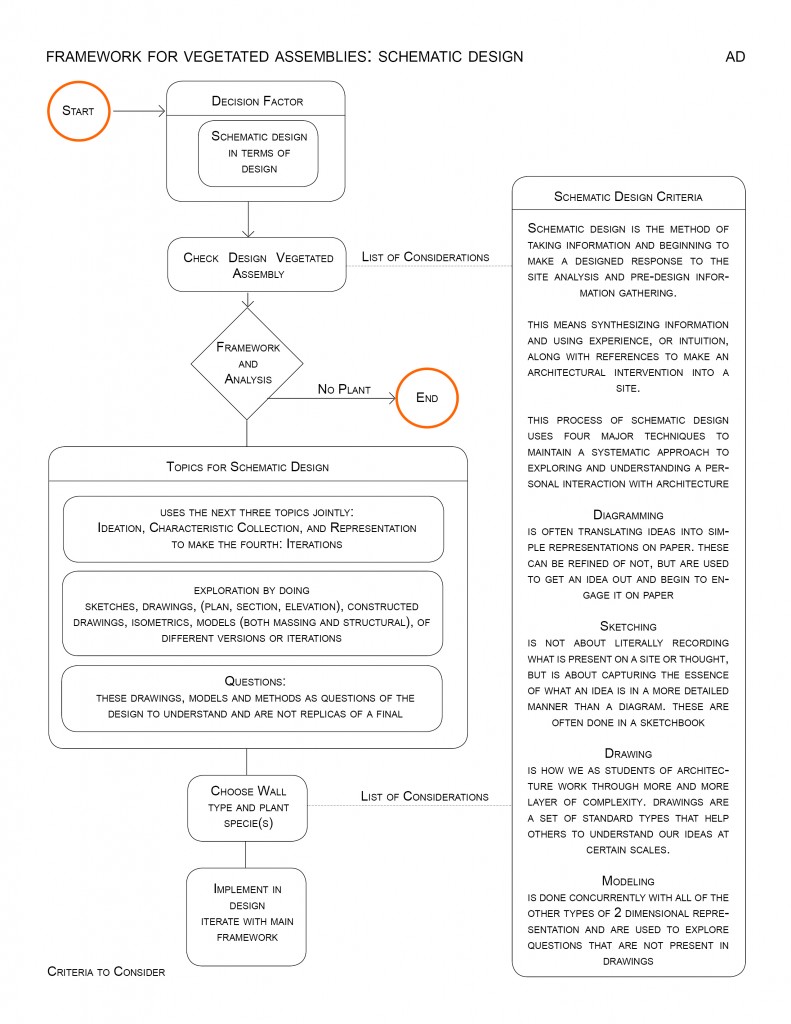 [/x_accordion_item][x_accordion_item title=”ideation” open=”false”]
[/x_accordion_item][x_accordion_item title=”ideation” open=”false”]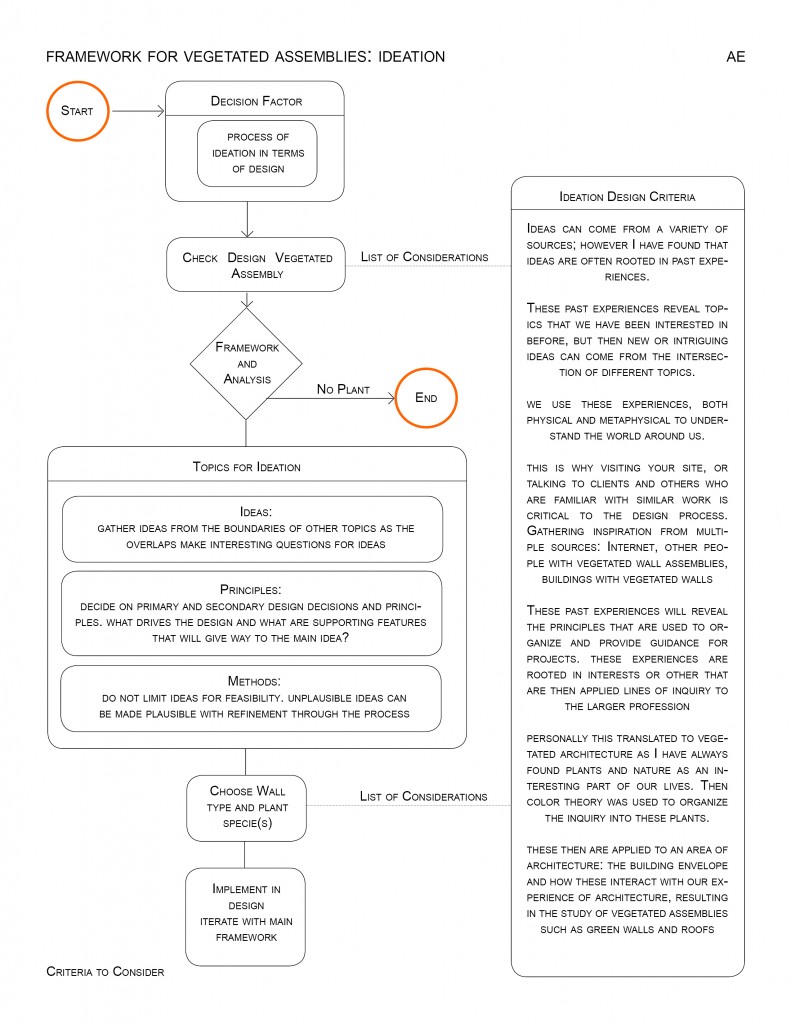 [/x_accordion_item][x_accordion_item title=”characteristic collection” open=”false”]
[/x_accordion_item][x_accordion_item title=”characteristic collection” open=”false”]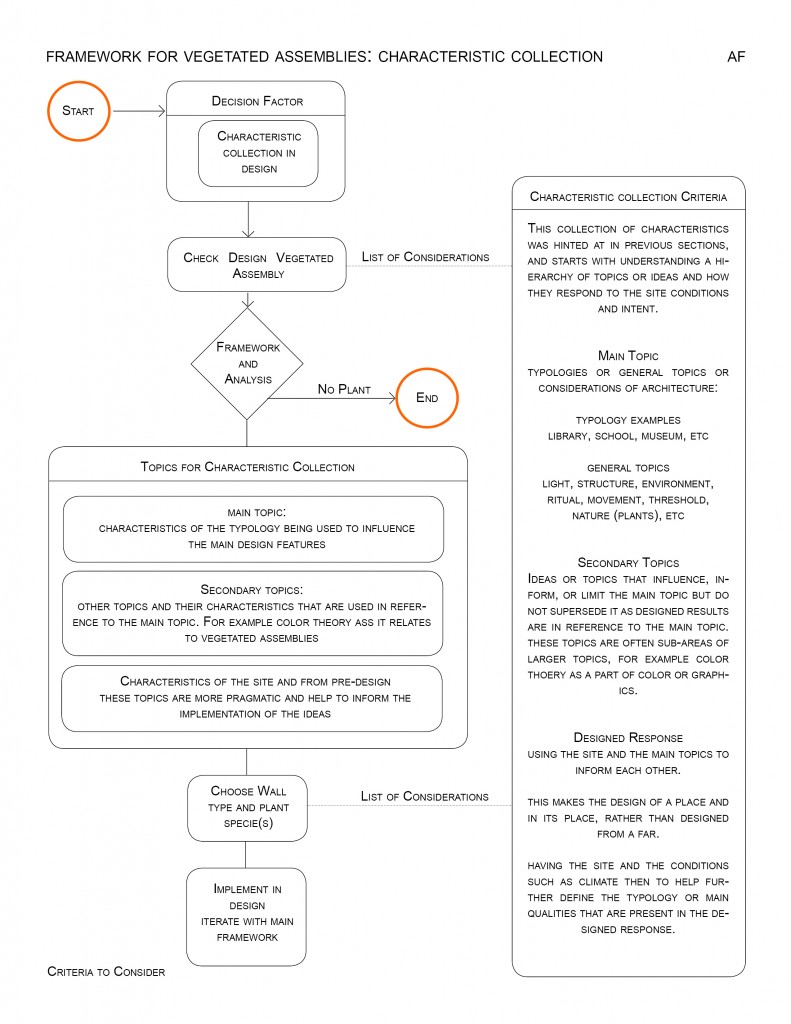 [/x_accordion_item][x_accordion_item title=”project criteria” open=”false”]
[/x_accordion_item][x_accordion_item title=”project criteria” open=”false”]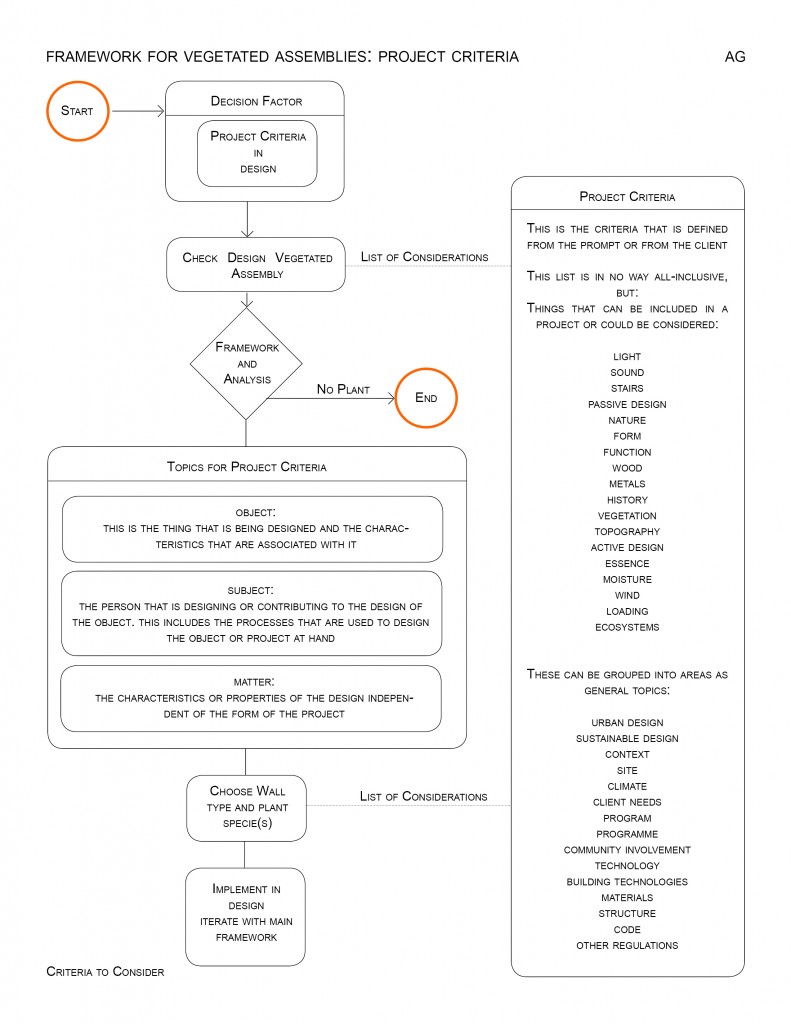 [/x_accordion_item][x_accordion_item title=”representation” open=”false”]
[/x_accordion_item][x_accordion_item title=”representation” open=”false”]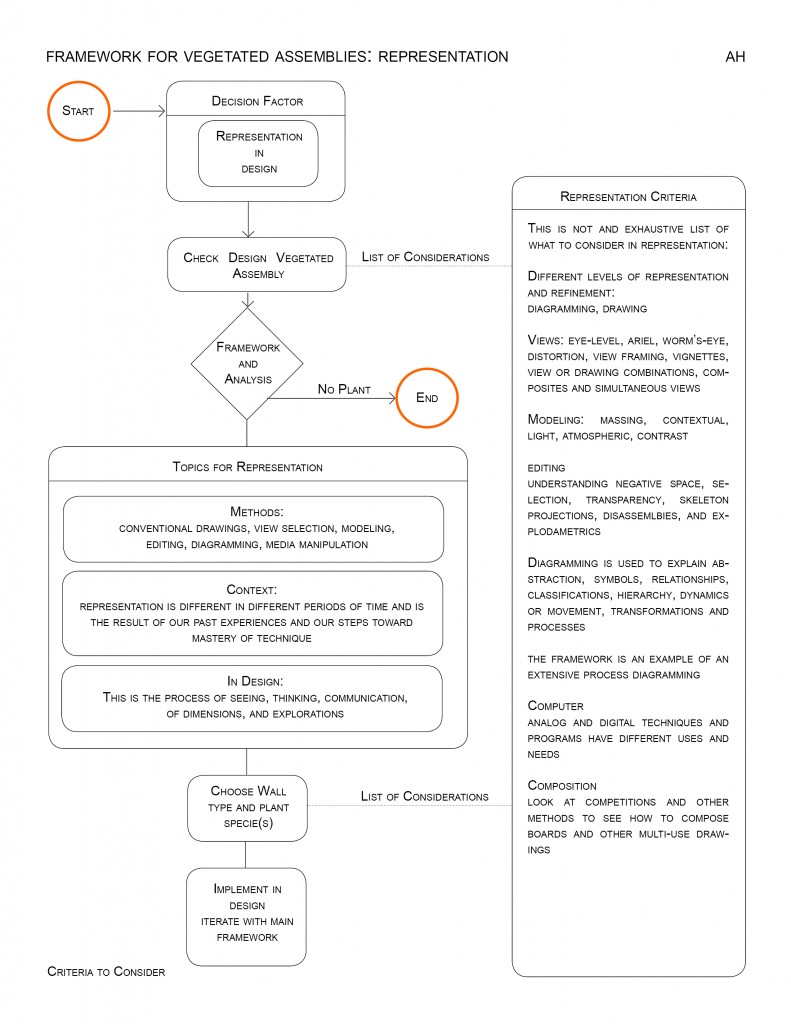 [/x_accordion_item][x_accordion_item title=”iteration” open=”false”]
[/x_accordion_item][x_accordion_item title=”iteration” open=”false”]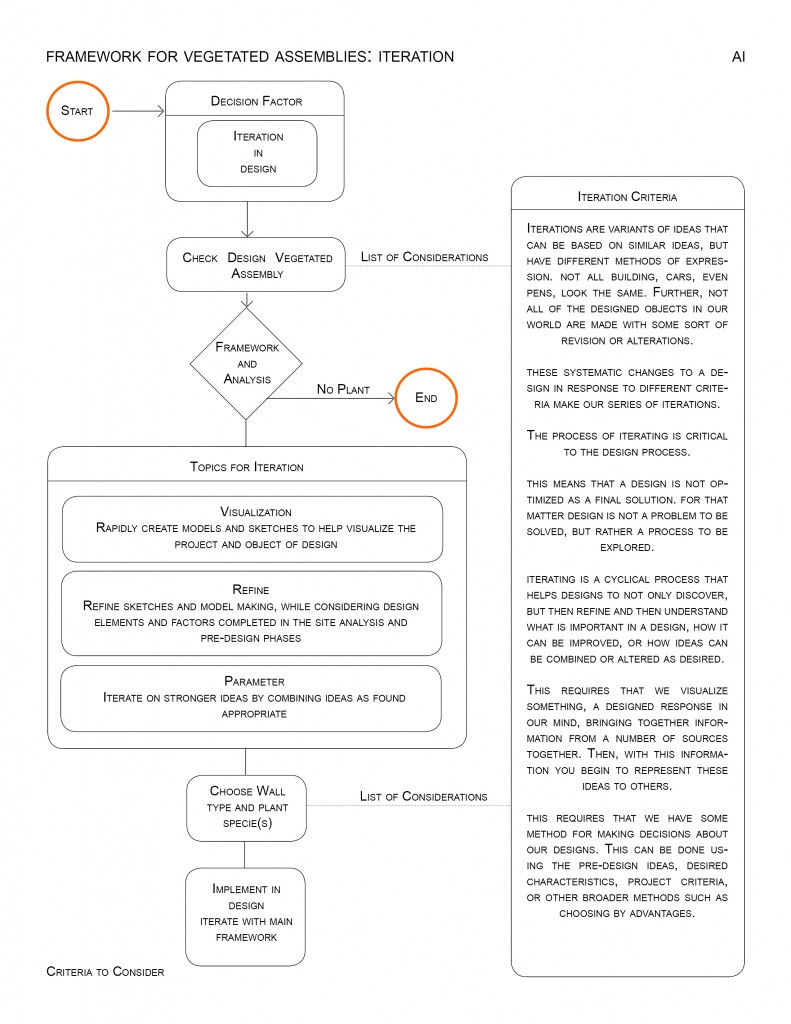 [/x_accordion_item][x_accordion_item title=”evaluate iteration” open=”false”]
[/x_accordion_item][x_accordion_item title=”evaluate iteration” open=”false”]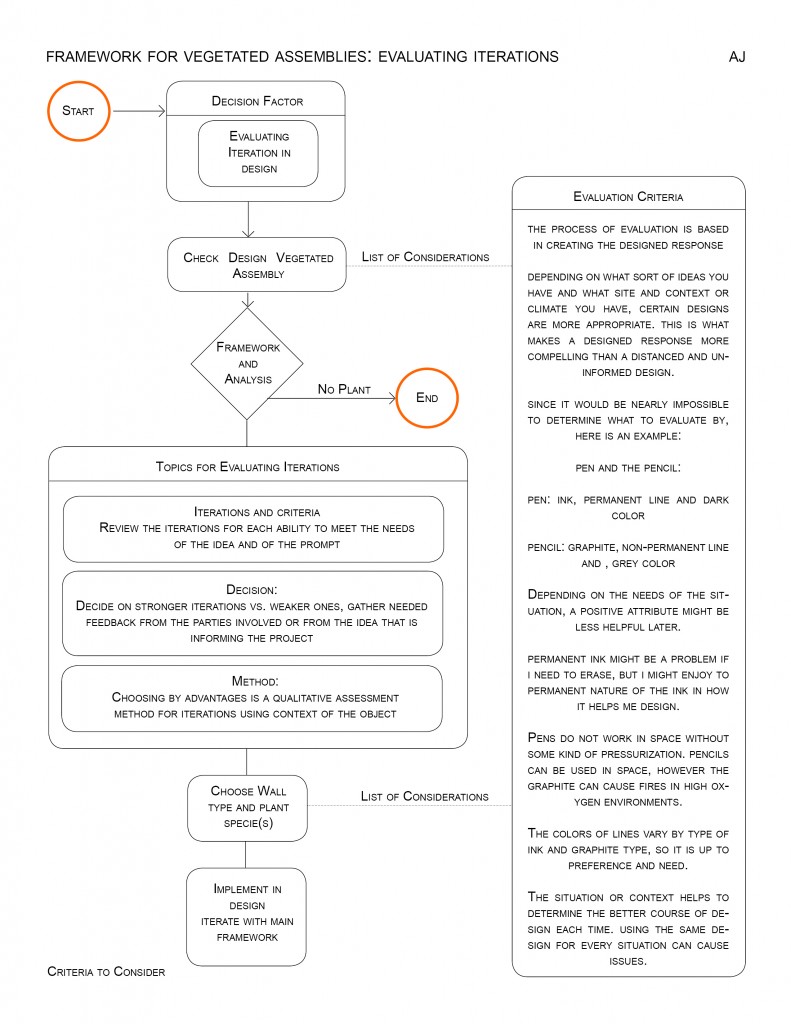 [/x_accordion_item][x_accordion_item title=”choose iteration” open=”false”]
[/x_accordion_item][x_accordion_item title=”choose iteration” open=”false”]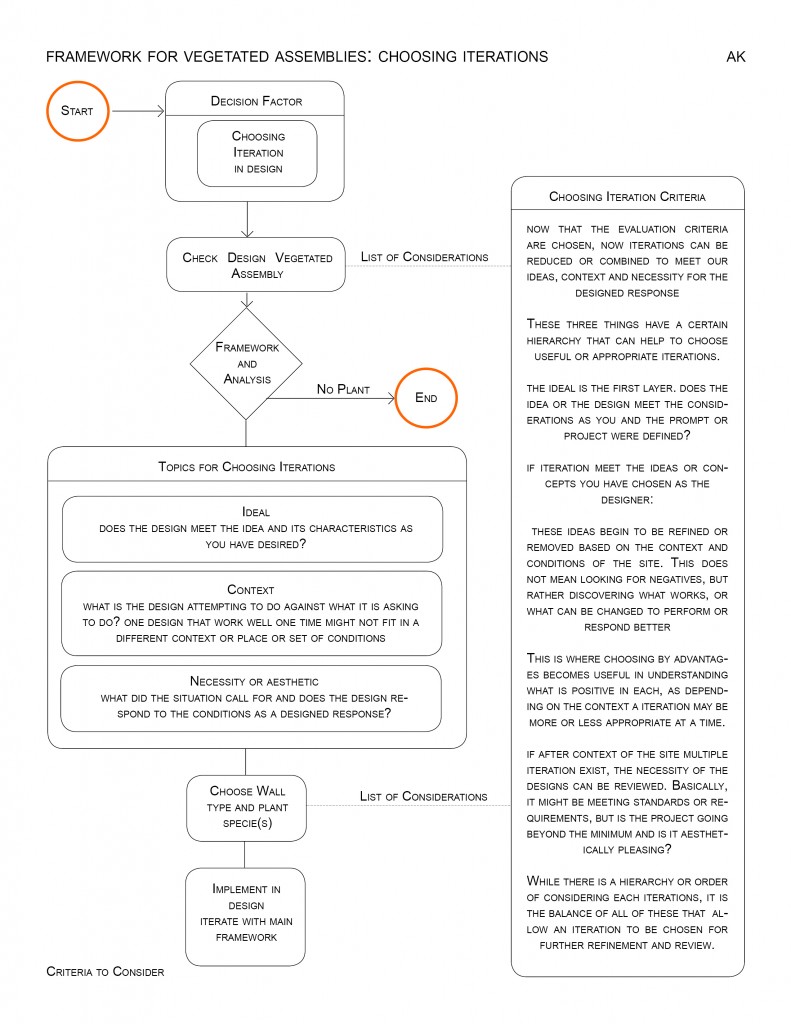 [/x_accordion_item][x_accordion_item title=”implementation” open=”false”]
[/x_accordion_item][x_accordion_item title=”implementation” open=”false”]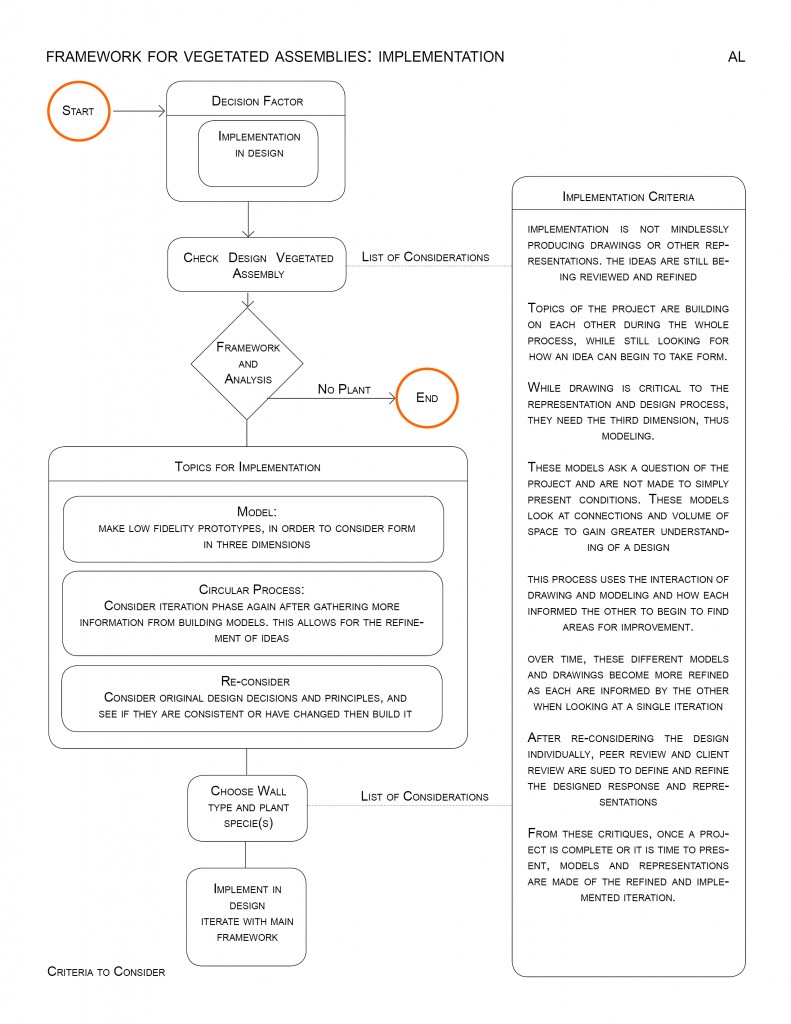 [/x_accordion_item][x_accordion_item title=”Choosing by advantages” open=”false”]
[/x_accordion_item][x_accordion_item title=”Choosing by advantages” open=”false”]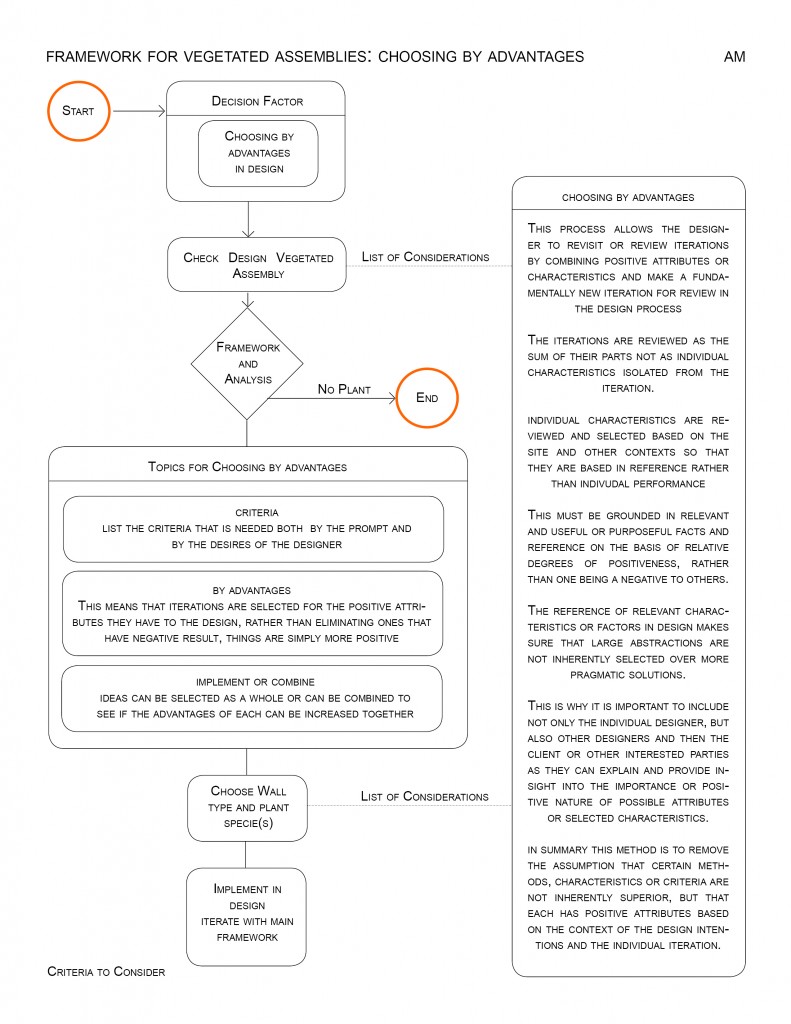 [/x_accordion_item][x_accordion_item title=”Studio Method” open=”false”]
[/x_accordion_item][x_accordion_item title=”Studio Method” open=”false”]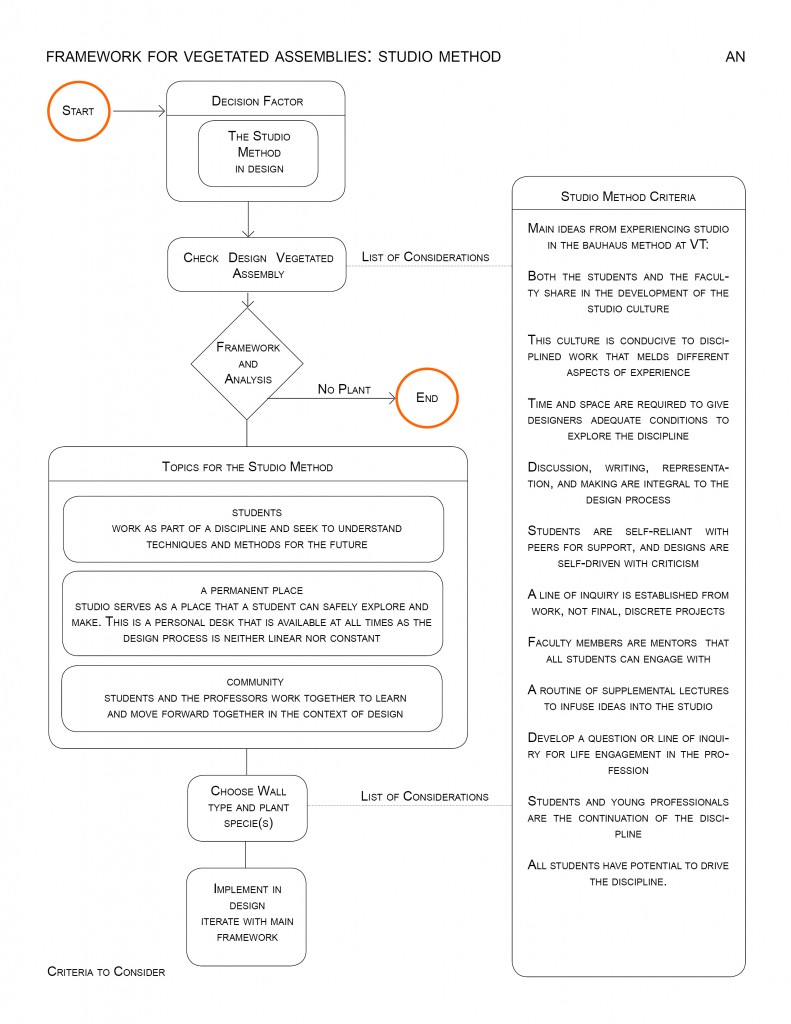 [/x_accordion_item][/x_accordion][/cs_column][/cs_row][/cs_section]
[/x_accordion_item][/x_accordion][/cs_column][/cs_row][/cs_section]